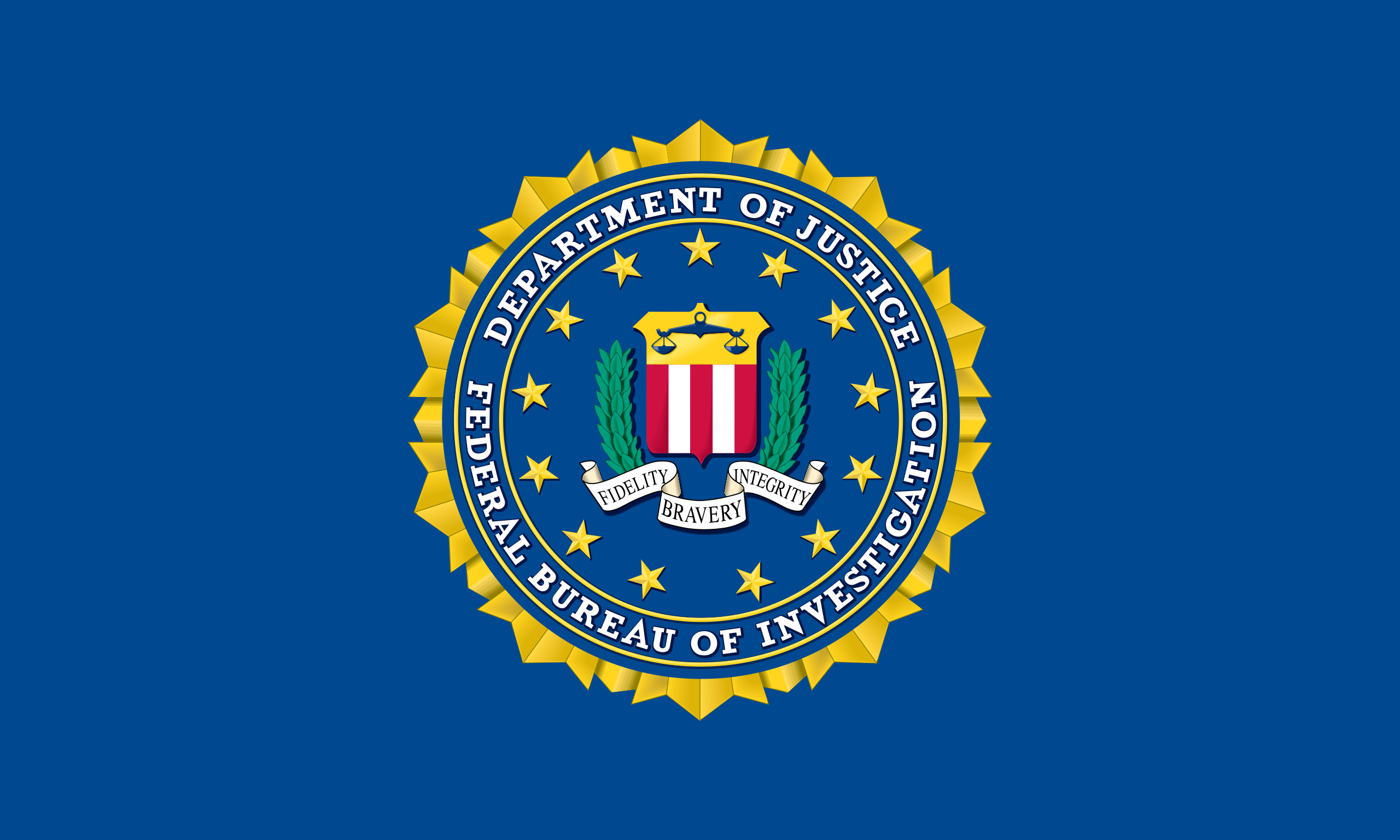Flag of the Federal Bureau of Investigation.
The United States Federal Bureau of Investigation (FBI) played a significant role during World War II. The FBI was tasked with running surveillance and counter-intelligence operations throughout the war. It aided in investigating companies that produced defective products for the US military, helping to ensure the troops were not sent to war with inadequate equipment. The FBI also supported Allied intelligence agencies, such as MI5 in the United Kingdom.
One of the significant contributions of the FBI during this period was the formation of the Special Intelligence Service (SIS) in 1940. The SIS was a covert counterintelligence branch of the FBI located in South America during World War II. It was established to monitor the activities of Nazi and pro-Nazi groups in Central and South America.
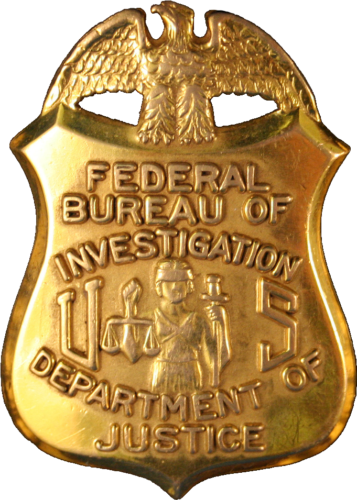
Formation and Purpose
In 1934, US President Franklin D. Roosevelt became concerned about the activities of Nazi groups within the United States. The FBI was ordered to begin investigating these groups operating within the country. The goal of this work was to determine if foreign agents were working within these pro-Nazi groups.
In 1940, the government decided to expand the scope of this mission. There were more than 1.5 million expatriate/ethnic Germans living in South America, including Argentina and Brazil. As a result, this area had become an active area of Axis espionage, propaganda, and sabotage.
The FBI’s Special Intelligence Service (SIS) was established by FBI Director J. Edgar Hoover in response to President Roosevelt’s directive on June 24, 1940, which officially vested the FBI with responsibility for foreign intelligence work in the Western Hemisphere. Within days, Hoover had established the administrative structure for a foreign-intelligence entity within the FBI and named it the FBI Special Intelligence Service.
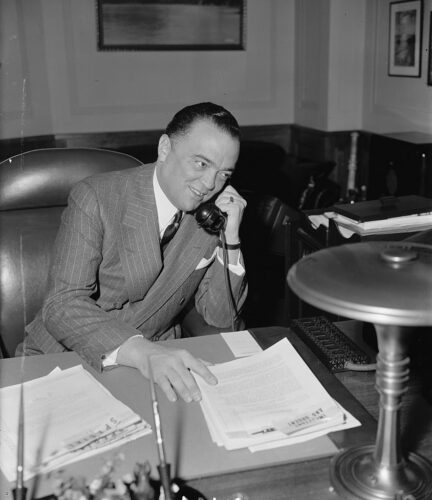
Operations
A law firm, the Importers and Exporters Service Company, which operated out of room 4332 of the International Building, 30 Rockefeller Center (aka the RCA Building), served as a front for SIS. Although it was part of FBI and the Department of Justice, the SIS worked at the behest of the State Department, collecting political, economic, financial, and industrial intelligence throughout Central and South America.
The British Security Co-ordination (BSC), which was a covert organization set up in New York City by the British Secret Intelligence Service (MI6) in May 1940, operated out of Room 3603 at Rockefeller Center. It was officially known as the British Passport Control Office. It served as a channel for communications and liaison between US and British security and intelligence organizations.
The FBI’s Special Intelligence Service took some time to become fully operational, due to language and cultural differences, but within a year the SIS had a number of FBI special agents in place under various covers. These agents were tasked with monitoring and reporting on the activities of Nazi and pro-Nazi groups in Central and South America.
Through the work of an extensive and diligent network of undercover FBI special agents and later legal attaches officially attached to US legations, the SIS excelled in its responsibilities. The SIS placed more than 340 undercover agents in regions of Latin America.
By 1946 a total of 887 Axis spies had been discovered. Also uncovered were 281 agents of Axis propaganda, 222 smugglers shipping important war materials, and more than 100 saboteurs and other operatives. It located 24 secret Axis radio stations and confiscated 40 radio transmitters and 18 receiving sets.
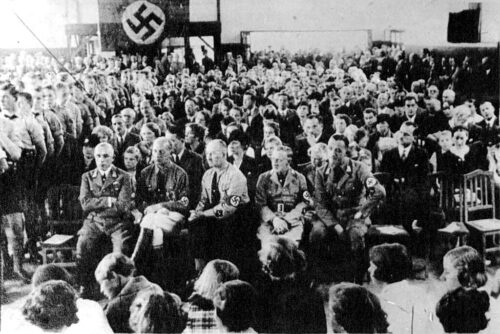
Aftermath
The SIS was disbanded in 1946. After it was disbanded, its region of operation was incorporated into the responsibilities of the newly formed Central Intelligence Agency (CIA). Concurrently, the FBI would expand its own primarily domestic counterintelligence role to hunt spies and combat espionage.
The FBI Special Intelligence Service’s operations during World War II were instrumental in combating Axis activities in the western hemisphere. Its legacy continues to be felt in the intelligence and counterintelligence operations of the United States today.
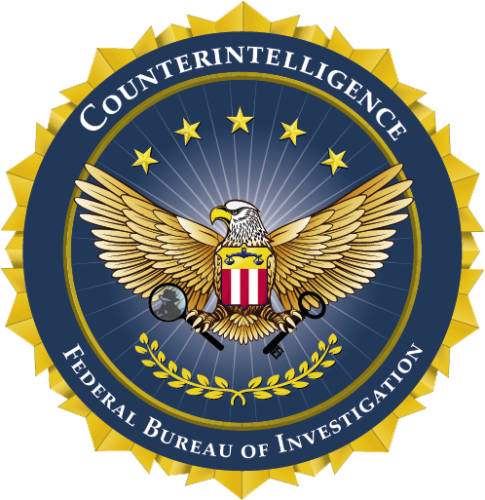
Resources
Federal Bureau of Investigation
FBI.gov
Central Intelligence Agency
CIA.gov
*The views and opinions expressed on this website are solely those of the original authors and contributors. These views and opinions do not necessarily represent those of Spotter Up Magazine, the administrative staff, and/or any/all contributors to this site.

